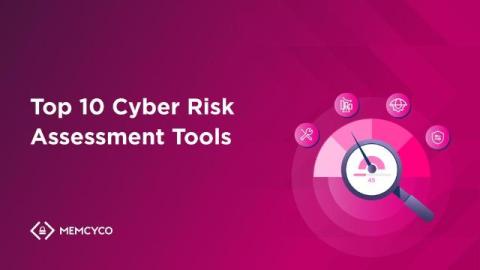How To Prevent Data Loss
Organizations of all sizes depend on data to maintain their operations. As cybersecurity professionals, we must guard this asset from loss, theft, or corruption. Data loss can have devastating consequences, from financial harm to reputational damage and regulatory penalties. This guide will provide the knowledge and strategies you need to effectively prevent data loss in your organization. What You’ll Learn.











